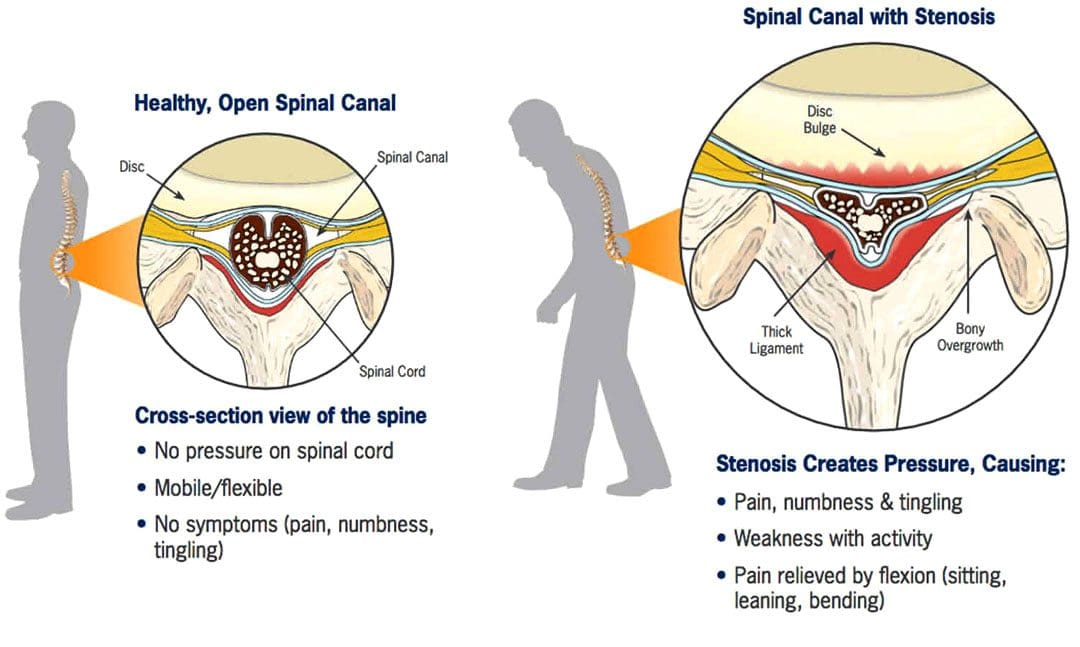An Patient Guidebook to Soreness Management Services

Experiencing pain can be an intensely challenging ordeal that permeates every aspect of everyday living. Whether it is it is the sharp sting of an injury, the dull ache of arthritis, or the chronic distress of chronic conditions, seeking meaningful alleviation is a necessity for those suffering. Pain management therapies and interventions are designed to address a broad spectrum of pain issues, offering patients a diverse array of choices to restore their quality of life. Understanding the nuances of pain management can equip individuals to take control over their health.
In this detailed guide, we will examine what pain management consists of, the diverse categories of pain and their management strategies, and how specialized clinics approach the compounding aspects of pain. From traditional therapies like rehabilitation and medication to cutting-edge methods such as biological treatments, there are numerous options to explore. We will also touch on the role of wellness adjustments, holistic approaches, and new developments that can make a significant difference in pain relief. By becoming acquainted with these services, individuals can choose wisely and collaborate with healthcare providers to develop the most effective pain management strategy tailored to their unique needs.
Understanding Suffering and Its Categories
Pain is a complicated and subjective experience that can differ substantially from patient to individual. It functions as an essential signal to the body that a problem may be wrong, leading patients to seek support or change behaviors. Comprehending suffering is vital in handling it efficiently, as it can occur from multiple causes and appear in various types. The experience of suffering may be influenced by bodily, psychological, and mental factors, making it necessary to consider the whole patient when addressing their discomfort.
There are a pair of primary classifications of discomfort: severe and long-lasting. Sharp suffering is usually brief and most commonly originates from a specific injury, illness, or medical intervention. back pain doctor resolves as the underlying cause recovers, signaling the body's recovery process. On the flip hand, long-lasting discomfort lasts beyond the usual recovery time, extending for months, months, or sometimes a long time. It can stem from multiple conditions, including arthritis, chronic pain syndrome, or persistent headaches, and usually requires a more complex approach to care.
Additionally, suffering can be classified based on its origin. Nociceptive-type discomfort arises from harm to physical tissue, such as lacerations, thermal injuries, or irritation, and is generally localized. In contrast, neural suffering occurs due to neural injury or malfunction, usually resulting in symptoms like tingling, scalding, or shooting feelings. By comprehending these diverse types of discomfort, people can more successfully articulate their sensations to medical practitioners and investigate effective management strategies tailored to their individual needs.
Efficient Discomfort Relief Strategies
Efficient discomfort relief requires a comprehensive approach adapted to the individual's particular kind of suffering and root condition. One crucial strategy is the use of a combination of treatments that may include physical therapy, pharmaceuticals, and lifestyle modifications. Regular consultations with pain control specialists can help create a individualized treatment plan, ensuring that several avenues are explored for pain relief. This comprehensive approach can enhance success while reducing reliance on medications alone.
Another important strategy involves the incorporation of complementary therapies. Practices like needle therapy, bodywork, and mindfulness-based movement have gained popularity for their capacity to relieve pain and improve mobility. These therapies can enhance traditional medical treatments by addressing pain through alternative pathways, thereby fostering a broader response to discomfort control. Additionally, consciousness and relaxation techniques can be beneficial, emphasizing the mind-body connection and reducing anxiety, which is frequently a factor to suffering.
Lifestyle changes also play a essential role in discomfort control. Maintaining a healthy diet, engaging in regular physical activity, and prioritizing sleep can significantly impact pain levels and overall wellness. Diets rich in anti-inflammatory foods, for instance, can reduce inflammation that contributes to persistent suffering, while regular exercise has been shown to increase endorphin levels, providing natural pain relief. By adopting these strategies, individuals can gain a greater sense of control over their discomfort and improve their overall health.
Psychological and Health Methods to Alleviating Pain
Mental techniques play a vital role in managing pain, particularly when it comes to chronic conditions. https://zimmermann-brennan.thoughtlanes.net/beyond-traditional-treatments-exploring-complementary-therapies-for-ache-management is one of the most powerful approaches, helping patients detect and alter negative thought patterns that can exacerbate their pain experience. By mastering useful site and stress reduction methods, individuals can lessen the perception of pain and enhance their mental resilience. Blending these practices into everyday routines can allow patients to take control over their discomfort and emotional well-being.
Daily adjustments are equally important for pain management. Consistent physical activity, even in gentle ways, can significantly benefit to both physiological and mental health. Engaging in activities like strolling, water exercises, or mindfulness movement helps strengthen muscles, improve flexibility, and release natural pain relievers, the body's natural pain relievers. Maintaining a balanced diet rich in anti-inflammatory foods can also support overall health and reduce pain levels. Minor changes in daily habits, such as ensuring adequate rest and hydration, can lead to noticeable improvements in pain awareness and quality of life.
Mindfulness and stress-relief methods are essential tools for enhancing pain relief. Practices such as focused breathing, controlled breathing, and muscle release techniques can help alleviate stress and anxiety, which are often associated to heightened pain sensitivity. By cultivating a state of awareness and calm, individuals can develop a more positive mental environment to cope with pain. Incorporating these techniques into a regular routine can not only diminish discomfort but also foster a greater sense of peace and well-being.

